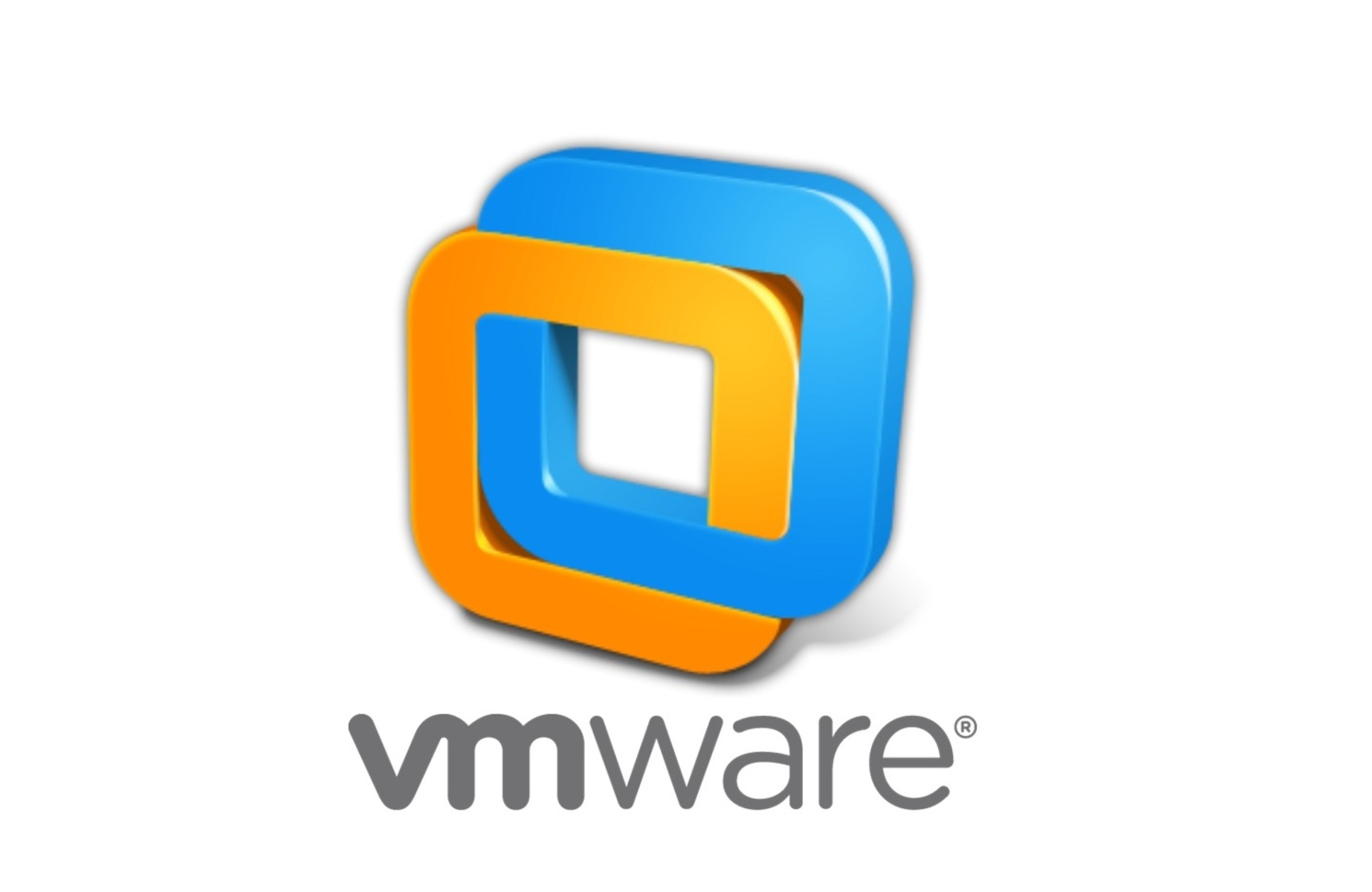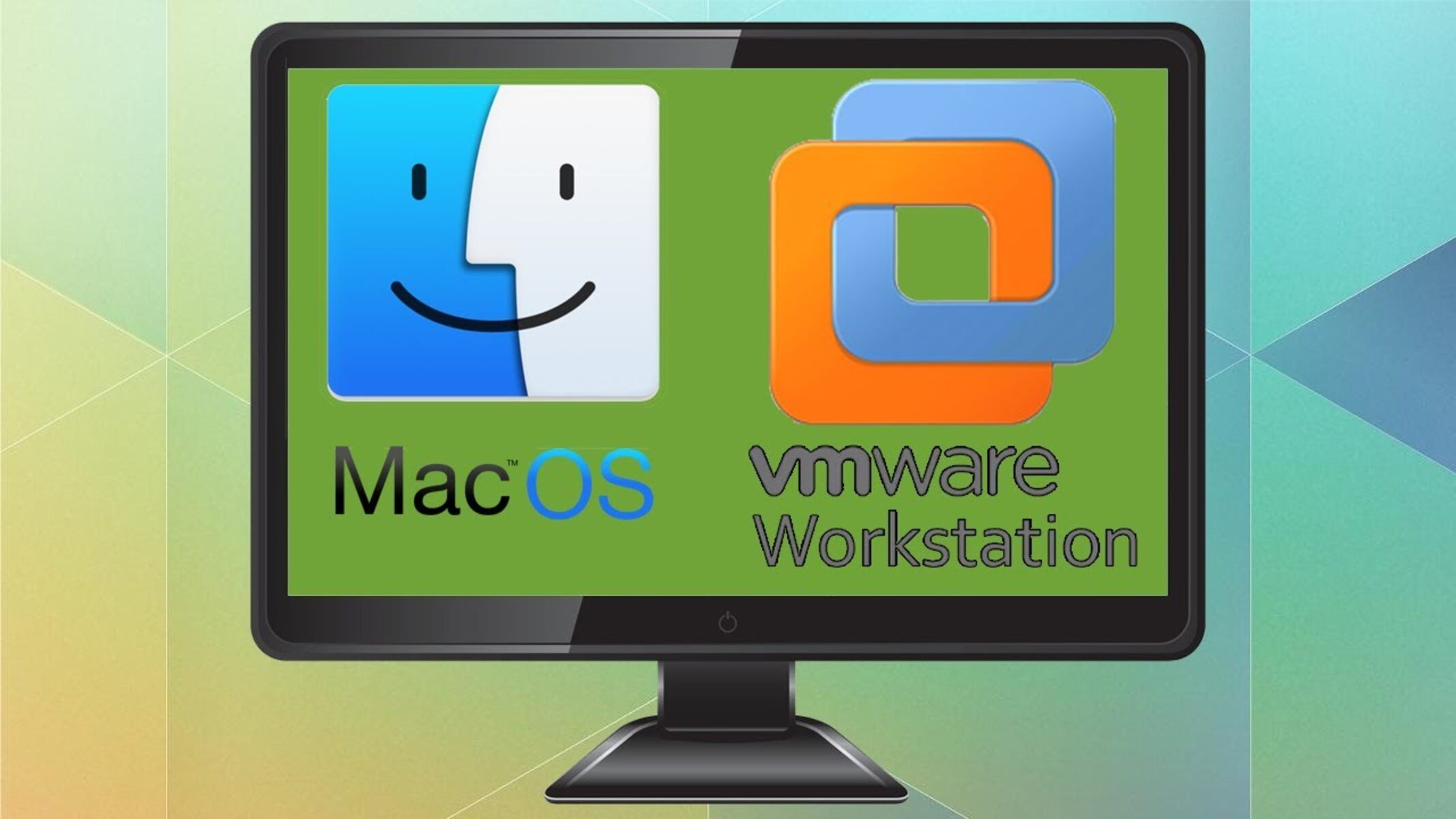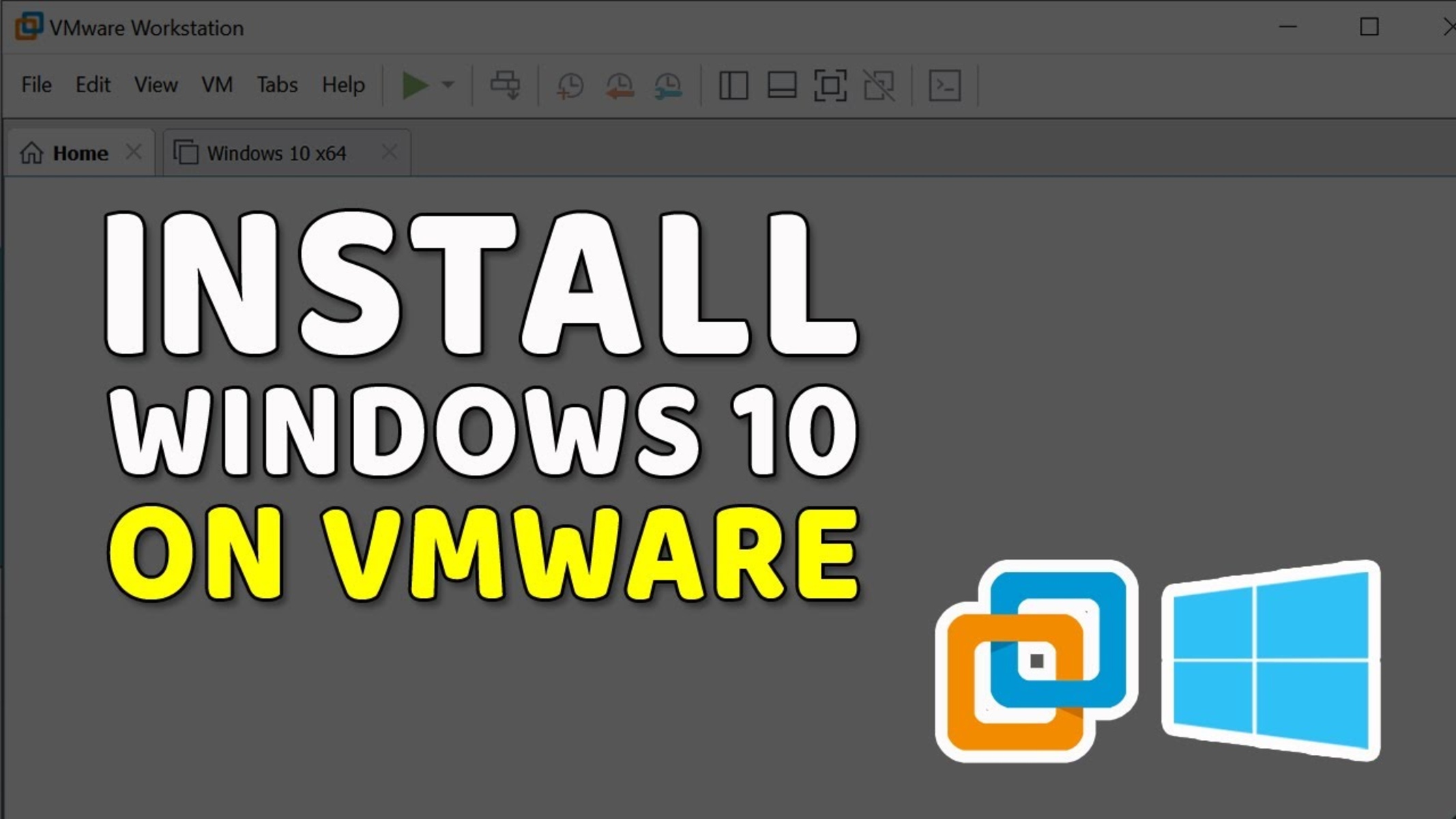Introduction
VMware Workstation is a powerful virtualization software that allows you to run multiple operating systems on a single machine. One of the key features of VMware Workstation is the ability to create shared folders between the host operating system and the virtual machine. This allows for easy file sharing and collaboration between the two environments.
In this article, we will guide you through the steps to create a shared folder in VMware Workstation. Whether you are using VMware Workstation for development, testing, or simply running different operating systems for convenience, the shared folder feature can greatly enhance your workflow.
With a shared folder, you can easily transfer files between the host and virtual machine without the need for external storage devices or complicated network configurations. This makes it convenient for tasks such as transferring code files, accessing documents, or sharing media files between the host and virtual machine.
Before we proceed with the step-by-step instructions, make sure you have VMware Workstation installed on your computer. If you haven’t installed it yet, you can download the latest version from the official VMware website and follow the installation instructions provided.
Additionally, ensure that you have a virtual machine set up in VMware Workstation. If you haven’t created one yet, you can refer to the VMware Workstation documentation for detailed instructions on setting up a new virtual machine.
Now that you have VMware Workstation installed and a virtual machine ready, let’s get started with creating a shared folder.
Prerequisites
Before you start creating a shared folder in VMware Workstation, there are a few prerequisites you need to ensure:
- A working installation of VMware Workstation on your computer.
- A virtual machine already set up in VMware Workstation.
- Access to both the host operating system and the virtual machine.
- Administrative privileges on the host operating system.
It’s important to have VMware Workstation installed and properly configured on your system. If you haven’t installed it yet, visit the official VMware website and download the latest version for your operating system. Follow the installation instructions provided by VMware to complete the installation process.
Make sure you have a virtual machine created in VMware Workstation as well. The process for creating a virtual machine may vary depending on your requirements, but the VMware Workstation documentation provides detailed instructions to guide you through the setup.
Ensure that you have administrative privileges on the host operating system. This is necessary to make changes to the shared folder settings and permissions.
Lastly, ensure that you have access to both the host operating system and the virtual machine. This allows you to configure the shared folder settings and access the shared folder from within the virtual machine.
By meeting these prerequisites, you will be ready to create a shared folder in VMware Workstation and streamline your file sharing and collaboration between the host and virtual machine environments.
Step 1: Open VMware Workstation
The first step in creating a shared folder in VMware Workstation is to open the software on your computer. To do this, follow the steps below:
- Locate the VMware Workstation icon on your desktop or in your Windows Start menu.
- Double-click the icon to launch the VMware Workstation application.
Once the application is opened, you will be presented with the VMware Workstation home screen where you can manage your virtual machines and access various settings and features.
If you already have a virtual machine created in VMware Workstation, you can select it from the list of virtual machines on the home screen. Alternatively, you can choose to create a new virtual machine by clicking on the “Create a New Virtual Machine” button.
Having VMware Workstation open and ready sets the stage for creating and configuring the shared folder between the host and virtual machine environments. Make sure you have the VMware Workstation interface visible on your screen before proceeding to the next step.
Step 2: Create a New Virtual Machine
If you don’t already have a virtual machine set up in VMware Workstation, you’ll need to create one before you can proceed with creating a shared folder. Follow the steps below to create a new virtual machine:
- Launch VMware Workstation on your computer.
- On the home screen, click on the “Create a New Virtual Machine” button. This will launch the New Virtual Machine Wizard.
- Choose the option to create a custom virtual machine and click “Next”.
- Select the guest operating system that you plan to install on the virtual machine. For example, if you want to install Windows 10, choose the corresponding Windows option from the list.
- Specify the installation media for the guest operating system. You can either select an ISO file or insert a physical installation disk. Click “Next” when you’re done.
- Enter a name and location for the virtual machine files. Choose a location where you have sufficient storage space and click “Next”.
- Customize the hardware settings for the virtual machine based on your requirements. This includes specifying the amount of memory and CPU cores, configuring the network adapter settings, and allocating disk space. Adjust the settings as needed and click “Next”.
- Review the summary of the virtual machine settings and click “Finish” to create the virtual machine.
Once the virtual machine is created, you will see it listed on the VMware Workstation home screen. You can now proceed to the next step to configure the virtual machine settings and create the shared folder.
Step 3: Configure the Virtual Machine Settings
After creating a new virtual machine in VMware Workstation, the next step is to configure its settings to enable the shared folder feature. Follow the instructions below to configure the virtual machine settings:
- Select the newly created virtual machine from the VMware Workstation home screen and click on the “Edit virtual machine settings” option. This will open the Virtual Machine Settings window.
- In the Virtual Machine Settings window, navigate to the “Options” tab and click on “Shared Folders”.
- In the Shared Folders settings, click the “Add” button to create a new shared folder.
- Under “Host Path”, click on the “Browse” button to locate the folder you want to share from the host operating system.
- In the “Guest Path” section, enter the name that you want the shared folder to be identified as within the virtual machine.
- Choose the access level for the shared folder by selecting either “Read-only” or “Read and write”.
- Optionally, enable the “Map as a network drive in Windows guests” checkbox if you want to have the shared folder appear as a network drive in the virtual machine.
- Click “OK” to save the changes and close the Virtual Machine Settings window.
By configuring the virtual machine settings to include a shared folder, you are now ready to proceed with the next step of choosing the folder to share.
Step 4: Add a Shared Folder
Now that you have configured the virtual machine settings to enable the shared folder feature, the next step is to add a shared folder. Follow the steps below to add a shared folder:
- Open the Virtual Machine Settings window of the virtual machine you want to add the shared folder to. You can do this by selecting the virtual machine from the VMware Workstation home screen and clicking on the “Edit virtual machine settings” option.
- In the Virtual Machine Settings window, navigate to the “Options” tab and click on “Shared Folders”.
- In the Shared Folders settings, click the “Add” button to add a new shared folder.
- Under “Host Path”, click on the “Browse” button to locate the folder you want to share from the host operating system. You can choose any local folder on your computer.
- In the “Guest Path” section, enter the name that you want the shared folder to be identified as within the virtual machine. This will be the folder name that you will use to access the shared files from inside the virtual machine.
- Choose the access level for the shared folder by selecting either “Read-only” or “Read and write”. If you select “Read-only”, the virtual machine will only be able to read the files in the shared folder. If you select “Read and write”, the virtual machine will have both read and write access to the shared files.
- Optionally, enable the “Map as a network drive in Windows guests” checkbox if you want to have the shared folder appear as a network drive in the virtual machine. This can make it easier to access the shared files.
- Click “OK” to save the changes and close the Virtual Machine Settings window.
By adding a shared folder, you have established a connection between the host operating system and the virtual machine, allowing for seamless file sharing and collaboration.
Step 5: Choose the Folder to Share
Once you have added the shared folder in VMware Workstation, the next step is to choose the specific folder on the host operating system that you want to share with the virtual machine. Follow the steps below to select the folder to share:
- Open the Virtual Machine Settings window of the virtual machine with the shared folder. To do this, select the virtual machine from the VMware Workstation home screen and click on the “Edit virtual machine settings” option.
- Navigate to the “Options” tab in the Virtual Machine Settings window and click on “Shared Folders”.
- In the Shared Folders settings, you will see the list of shared folders for the virtual machine. Select the shared folder that you want to modify.
- Click on the “Browse” button next to the “Host Path” field to locate and select the folder on your host operating system that you want to share. You can choose any folder or directory on your computer.
- After selecting the folder, the path will be displayed in the “Host Path” field. Ensure that it is correct and represents the folder you want to share.
- Click “OK” to save the changes and close the Virtual Machine Settings window.
By choosing the specific folder to share, you are indicating to VMware Workstation which directory on your host operating system should be accessible from within the virtual machine. This allows you to easily transfer files between the host and virtual machine environments.
Step 6: Enable Folder Sharing
After choosing the folder to share in the previous step, the next step is to enable folder sharing in VMware Workstation. Enabling folder sharing allows the virtual machine to access and interact with the shared folder on the host operating system. Follow the steps below to enable folder sharing:
- Open the Virtual Machine Settings window of the virtual machine with the shared folder. If the window is not already open, select the virtual machine from the VMware Workstation home screen and click on the “Edit virtual machine settings” option.
- Navigate to the “Options” tab in the Virtual Machine Settings window and click on “Shared Folders”.
- In the Shared Folders settings, ensure that the shared folder you created is listed.
- Next to the shared folder, you will see a checkbox with the label “Enable this share”. Make sure this checkbox is checked to enable folder sharing for the selected shared folder.
- Review the settings and ensure they are correct. You can also make any necessary adjustments, such as changing the access level for the shared folder or enabling the option to map it as a network drive.
- Click “OK” to save the changes and close the Virtual Machine Settings window.
By enabling folder sharing, you are granting the virtual machine the necessary permissions to access and interact with the shared folder on the host operating system. This allows for seamless file sharing and collaboration between the host and virtual machine environments.
Step 7: Access the Shared Folder in the Virtual Machine
Now that you have enabled folder sharing and configured the shared folder settings, the final step is to access the shared folder from within the virtual machine. Follow the steps below to access the shared folder:
- Start the virtual machine in VMware Workstation by clicking on the “Play virtual machine” button.
- Once the virtual machine is running, log in to the operating system if required.
- Navigate to the file explorer or file manager in the virtual machine. This may vary depending on the guest operating system you are using.
- In the file explorer, look for the shared folder. It is commonly located in the “Network” or “Computers” section of the file explorer.
- Open the shared folder to access the files and folders shared from the host operating system.
- You can now perform file operations such as copying, moving, and editing files within the shared folder, just like you would with any other folder on the guest operating system.
The shared folder provides a convenient way to transfer files between the host and virtual machine environments. You can copy files from the host operating system to the shared folder, and vice versa, for easy file sharing and collaboration.
Remember, the shared folder will appear and function like any other folder within the guest operating system. You can access the shared folder whenever the virtual machine is running, allowing you to seamlessly transfer files between the host and virtual machine.
Conclusion
Creating a shared folder in VMware Workstation allows for seamless file sharing and collaboration between the host operating system and the virtual machine environment. By following the step-by-step instructions outlined in this article, you can easily set up and configure a shared folder to streamline your workflow.
Through the use of shared folders, you can transfer files between the host and virtual machine environments without the need for external storage devices or complex network configurations. This greatly simplifies the process of accessing and sharing files, whether you are a developer needing to transfer code files, a tester requiring access to test data, or simply someone needing to share media files between different operating systems.
Remember to ensure that you meet the prerequisites before proceeding with creating a shared folder. You’ll need a working installation of VMware Workstation, a virtual machine set up in VMware Workstation, and administrative privileges on the host operating system.
By carefully configuring the virtual machine settings and adding the shared folder, you establish a connection between the host and virtual machine that enables seamless file sharing. Enabling folder sharing and accessing the shared folder from within the virtual machine allows you to easily transfer files back and forth, saving you time and effort in navigating between different environments.
With the ability to create shared folders in VMware Workstation, you can enhance your productivity by simplifying your file sharing and collaboration process. Whether you’re a developer, tester, or simply someone who frequently works with multiple operating systems, the shared folder feature in VMware Workstation is a valuable tool. Enjoy the convenience and efficiency that shared folders bring to your virtual machine experience!

























